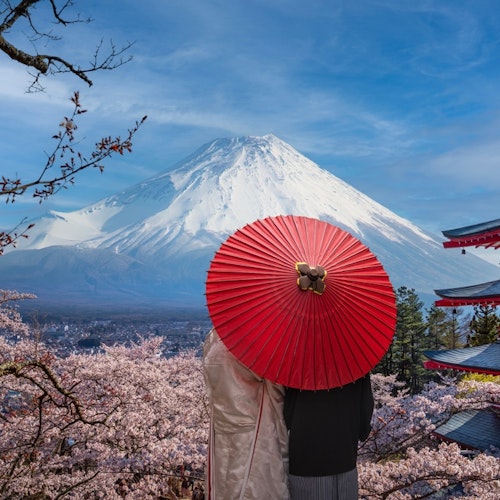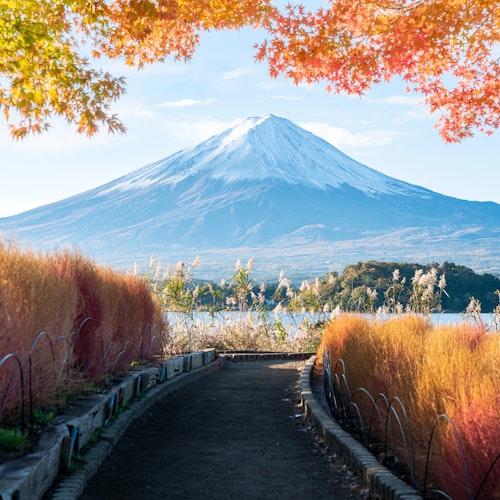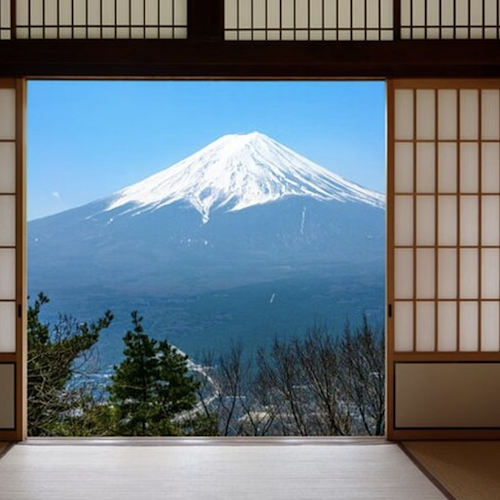
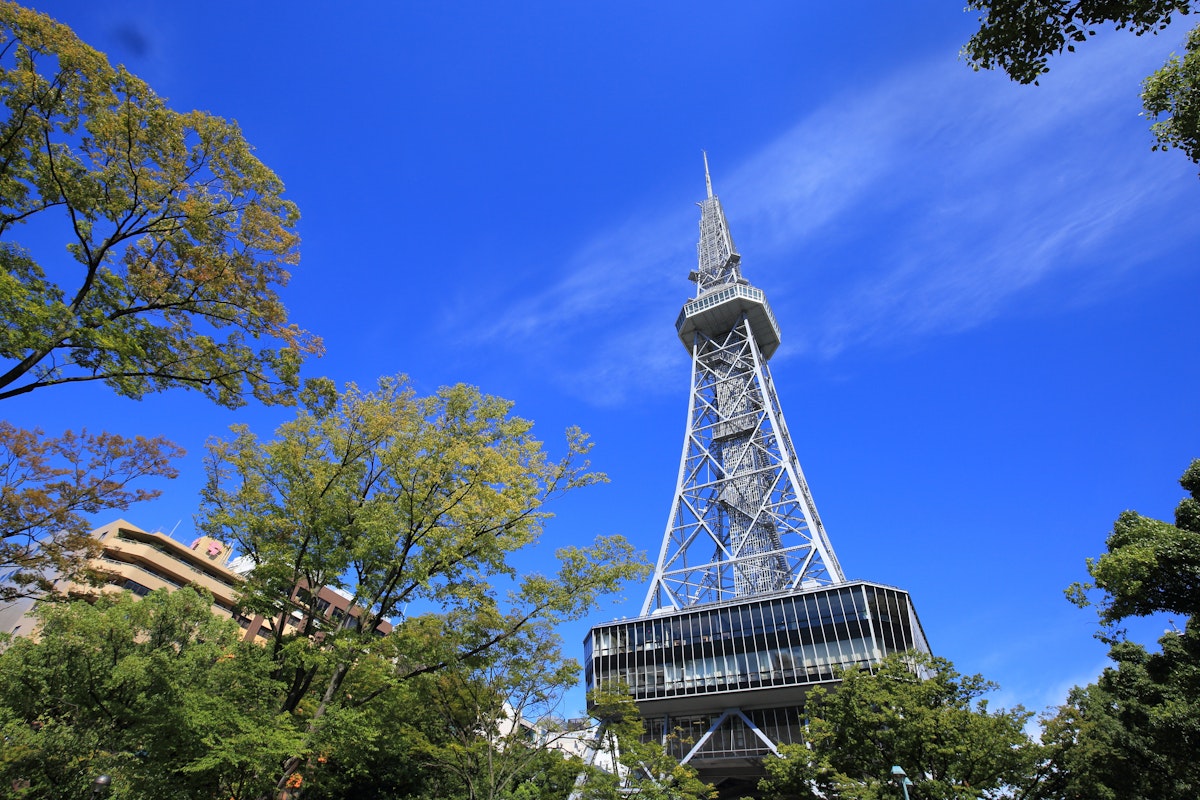
Nagoya is one of Japan's largest cities and a place rich in history, traditions, and modern culture. While it may not be as well-known internationally as Tokyo or Kyoto, Nagoya has its own unique appeal that draws visitors from all over the world.
This post will explore what makes Nagoya famous, from its historical landmarks and festivals to its food and academic institutions.
One of the most iconic landmarks in Nagoya is Nagoya Castle. Built in the early 1600s, it played an important role during Japan's feudal period. The architecture of the castle, particularly its massive stone walls and gold-tipped rooftop ornaments called shachihoko (mythical creatures with a fish-like appearance), draws admiration from all who visit.

Discover the historic and beautiful city of Nagoya with an expert guide!
The main castle tower, destroyed during World War II, was rebuilt in 1959, preserving its grandeur. Visitors to the castle can explore the beautifully maintained grounds, museum exhibits, and seasonal events, like cherry blossom viewing in spring. Nagoya Castle remains a symbol of the city’s historical significance.
Nagoya is famous for being the birthplace of the Toyota Motor Corporation, and Toyota Museum Nagoya is a tribute to that legacy. The museum highlights the history of one of the world’s largest car manufacturers.
Guests can explore exhibits that showcase early models of Toyota cars, learn about the development of automotive technology, and experience interactive displays. The museum is a must-see for anyone curious about Japan's industrial history and Toyota’s global impact.
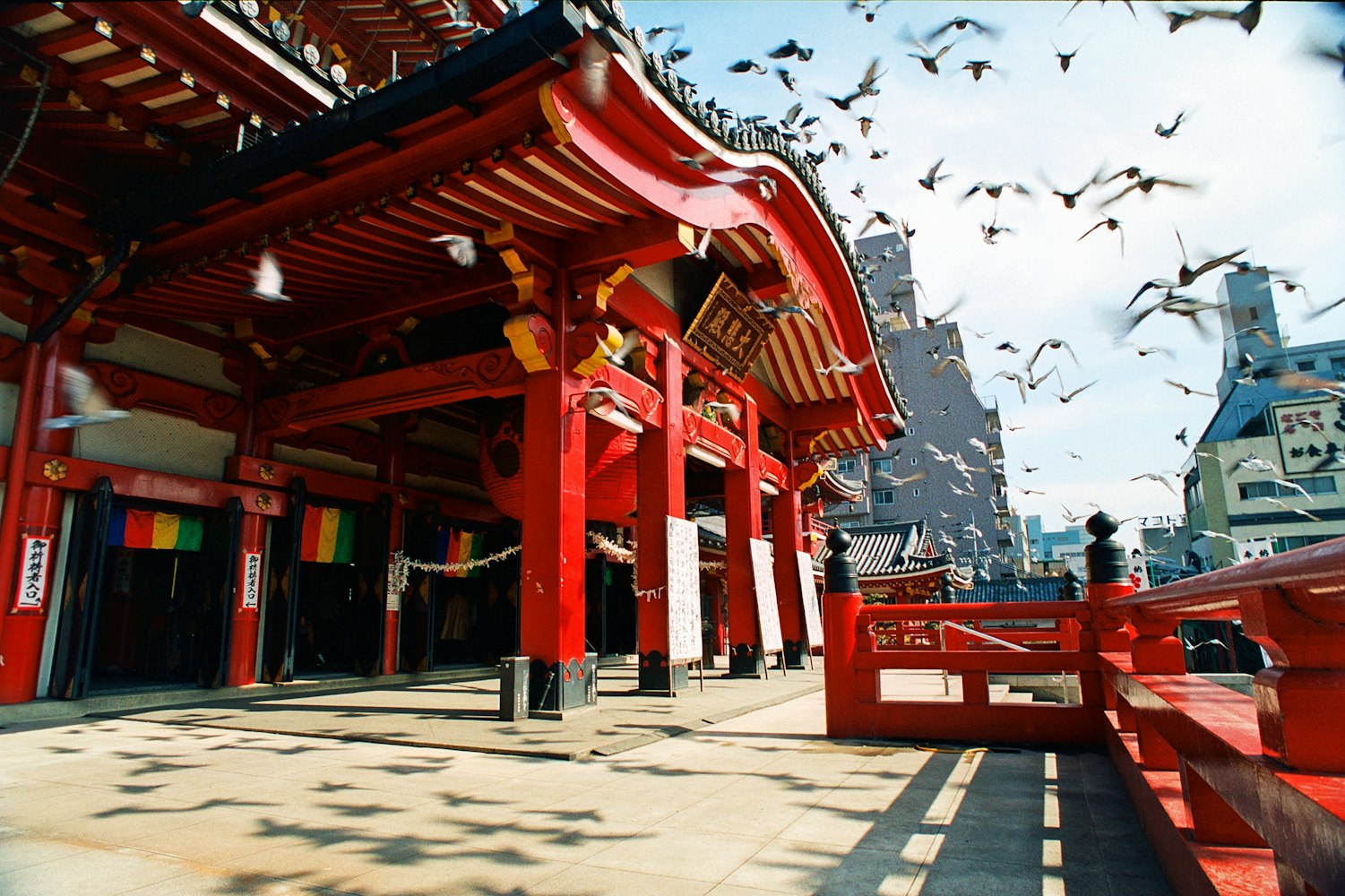
The Osu Kannon Temple is one of Nagoya’s most beloved Buddhist temples. Dating back to the 14th century, the temple has long been a place for spiritual reflection and prayer. It is known for housing rare Buddhist scriptures and for its friendly atmosphere.
Surrounding the temple is the bustling Osu shopping district, where visitors can stroll through narrow streets lined with shops selling electronics, clothes, souvenirs, and food. It’s a lively area that reflects the spirit of Nagoya, combining spirituality with everyday life.
Nagoya is home to many festivals that celebrate its cultural roots. These festivals bring locals and tourists together to enjoy traditional music, dancing, and food. Here are some of the city’s most popular celebrations:
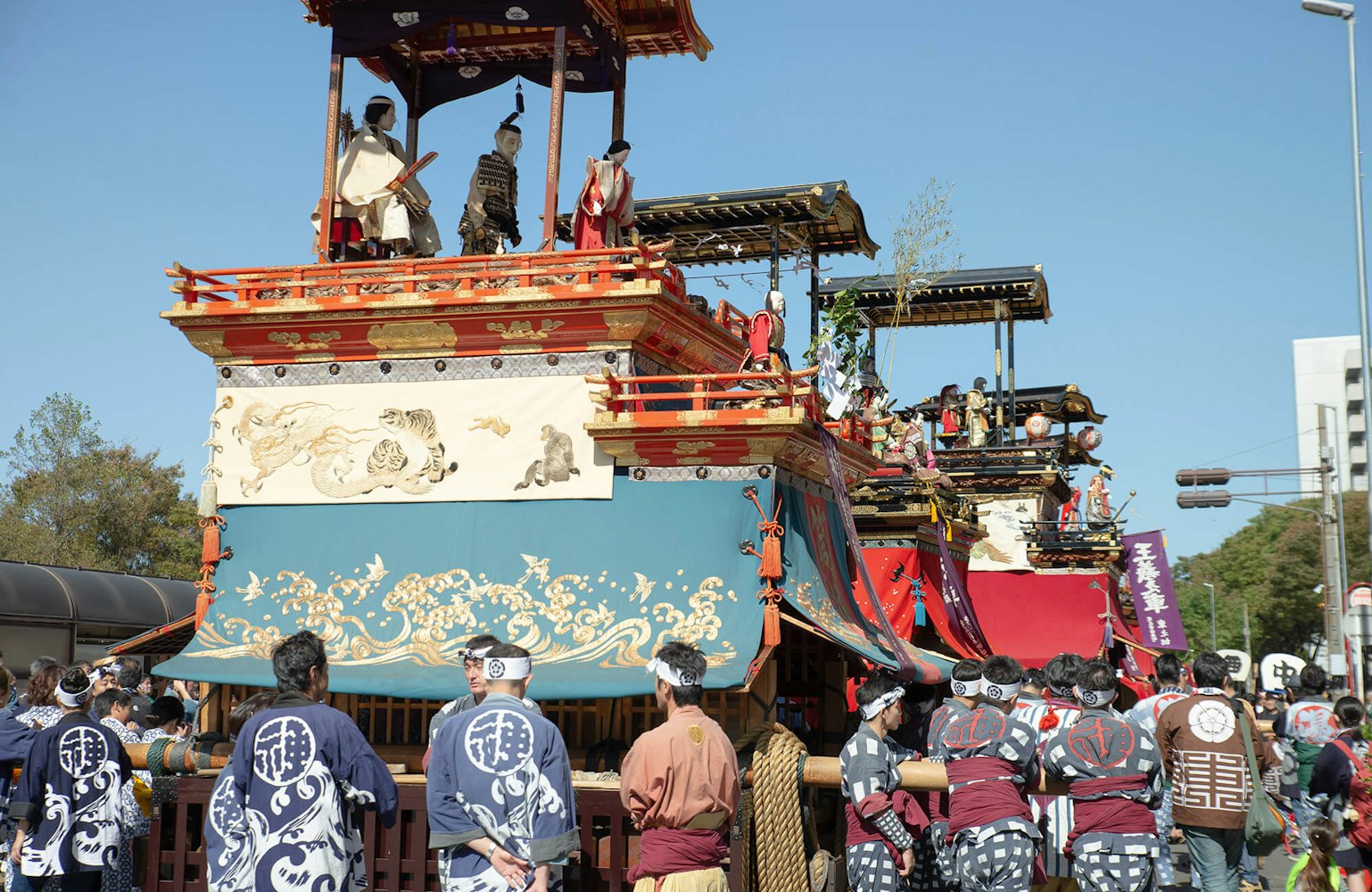
One of the biggest events in the city, Nagoya Matsuri, celebrates the historical figures of Nagoya, including famous warlords like Oda Nobunaga, Toyotomi Hideyoshi, and Tokugawa Ieyasu.
Held every October, this festival is famous for its grand parades featuring people dressed as samurai, as well as lively performances and floats. It’s a time when the streets of Nagoya come alive, and the energy of the festival can be felt throughout the city.
Held every June at Atsuta Shrine, the Atsuta Festival is an important event that honors the deities enshrined there. Atsuta Shrine is one of Japan’s most revered shrines and is believed to house the sacred sword Kusanagi, one of Japan's three imperial treasures.
The festival includes traditional Shinto rituals, fireworks, and various food stalls, attracting large crowds every year. Visitors can also experience martial arts demonstrations and performances of traditional music.
The Owari Tsushima Tenno Festival is a stunning sight to behold. It takes place in late July and is one of the most famous water festivals in Japan. The highlight of the event is the floating of beautifully decorated lanterns on boats down the river.
It’s a serene and magical experience, especially during the evening when the lanterns illuminate the water. This festival is deeply rooted in the area’s traditions and has been celebrated for centuries.
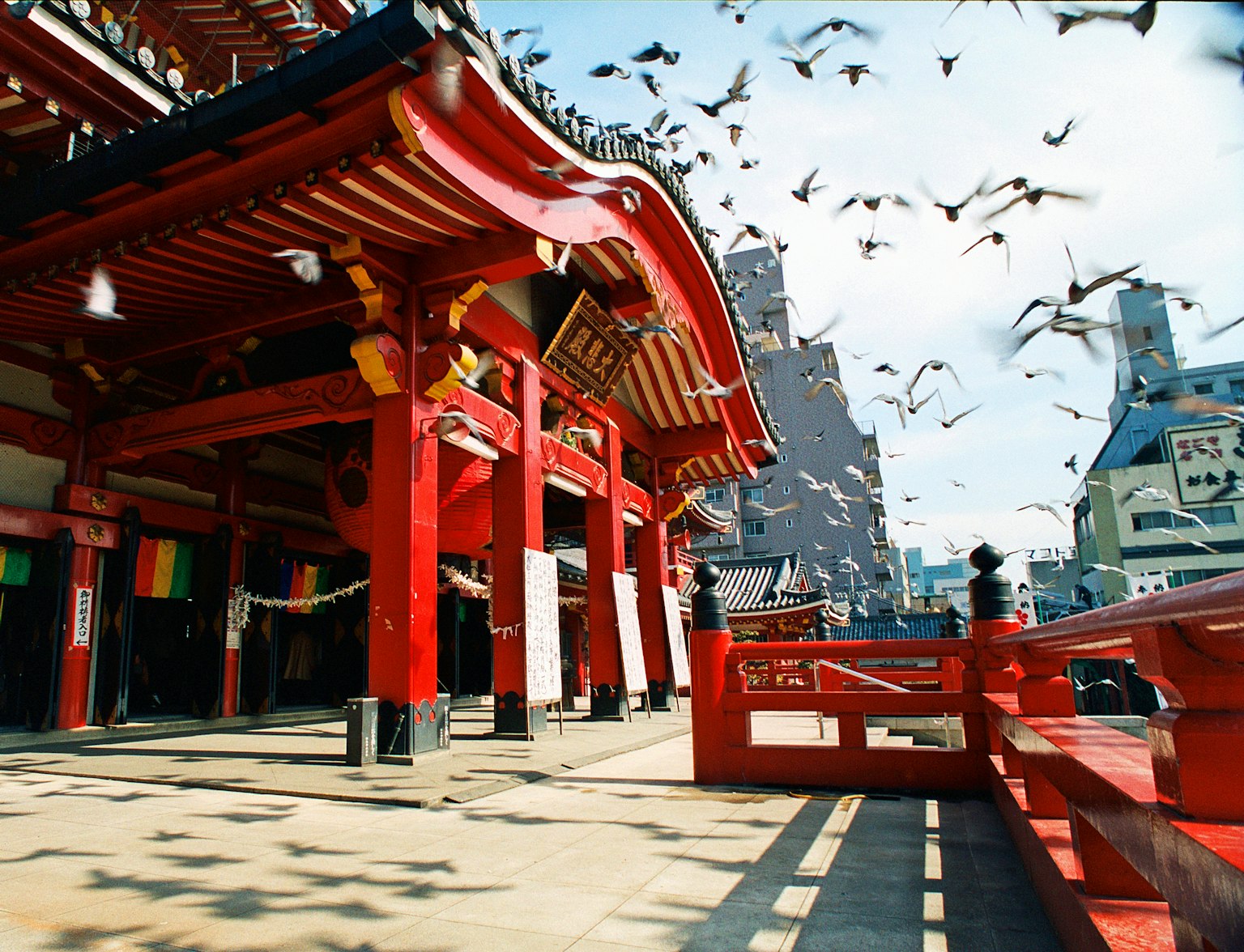
Experience the sights, sounds and energy of this vibrant destination!
Nagoya’s culinary scene is another aspect that makes the city famous. The city offers unique local dishes that reflect its history and culture. Here are some must-try foods when visiting Nagoya:
Miso Katsu is a variation of the classic tonkatsu (breaded and deep-fried pork cutlet), but what makes it stand out is the rich, savory miso sauce that’s poured over the cutlet. This dish is popular in Nagoya, and the miso sauce used is made from hatcho miso, which has a deep, earthy flavor. It’s a hearty meal that captures the taste of the region.
One of Nagoya’s signature dishes is Hitsumabushi, a grilled eel dish served over rice. The eel is cooked until crispy on the outside, with a tender and flavorful inside. This dish is often served with condiments like green onions, wasabi, and a dashi broth, allowing diners to enjoy it in different ways. Hitsumabushi is a must-try for anyone visiting Nagoya.
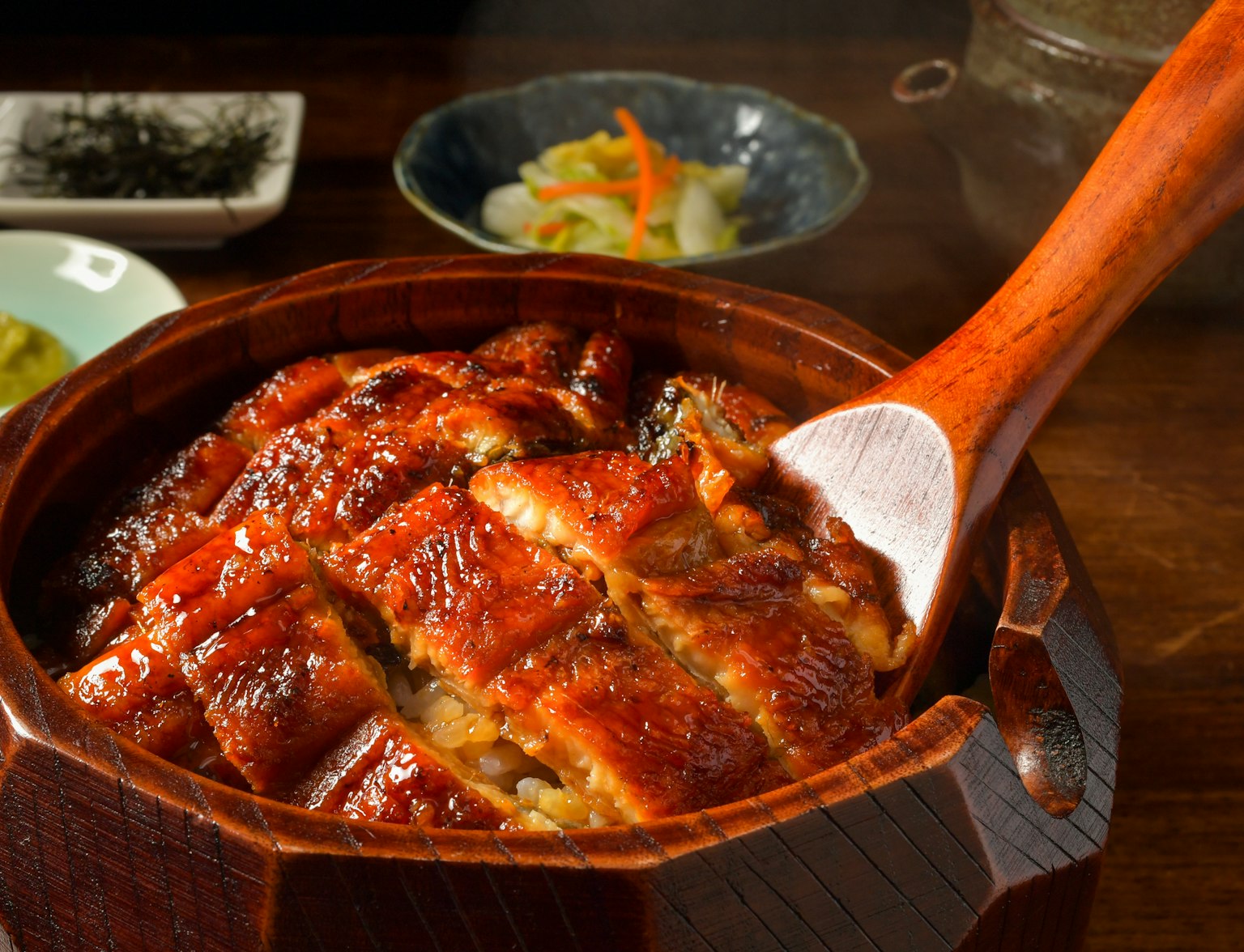
Discover Nagoya's best foods in a 3-hour guided tour.
Kishimen is a type of flat, wide noodle that is unique to Nagoya. It is often served in a hot broth with various toppings like green onions, tempura, and kamaboko (fish cake). The texture of the noodles and the flavorful broth make it a comforting dish that’s enjoyed by locals and visitors alike.
Nagoya’s museums and gardens offer visitors a chance to experience both modern and traditional Japanese culture. The Tokugawa Art Museum, for example, houses a vast collection of artifacts from the Tokugawa family, including samurai armor, swords, ceramics, and beautiful artworks. It’s a place where visitors can learn about the feudal era and the life of one of Japan’s most powerful families.
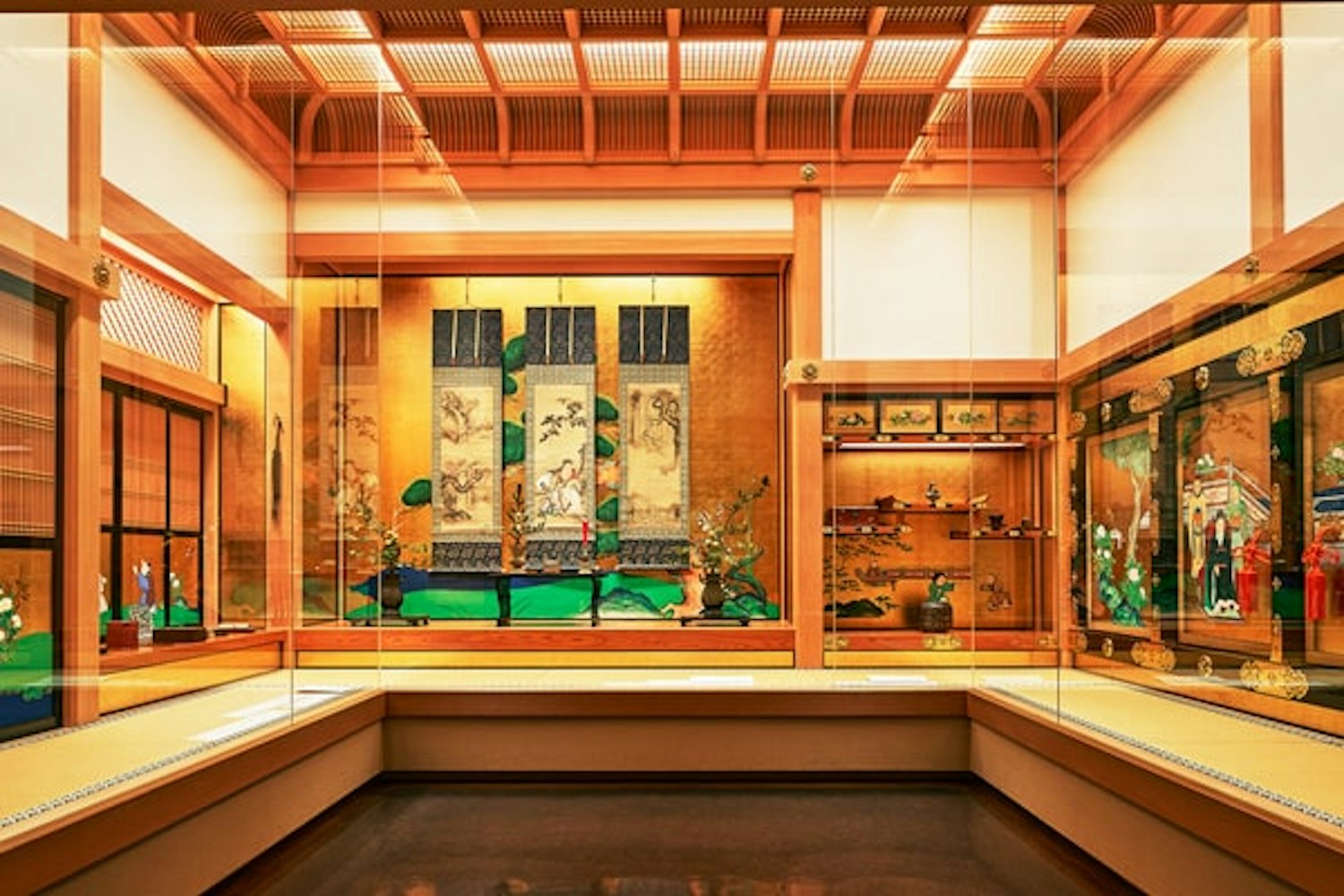
Another cultural gem is the Shirotori Garden, a traditional Japanese garden that provides a peaceful escape from the city. The garden features ponds, bridges, and meticulously maintained greenery that changes with the seasons. In the spring, cherry blossoms bloom, and in autumn, the leaves turn vibrant shades of red and orange. Shirotori Garden is an ideal spot for a relaxing stroll and to experience the natural beauty of Japan.
Nagoya has a rich tradition of craftsmanship that has been passed down through generations. One of the most notable crafts is Nagoya Yuzen, a style of dyeing fabric that is used to create intricate patterns on kimono and other textiles. The detailed designs and bold colors make these textiles highly prized.

Immerse yourself in the beautiful culture of wrapping gifts and objects with a piece of silken cloth.
Another craft Nagoya is known for is Seto pottery. The town of Seto, located near Nagoya, has been producing fine ceramics for centuries. Seto pottery is known for its beautiful glazes and craftsmanship. Visitors to Nagoya can learn about these traditional crafts by visiting workshops and museums to see artisans at work.
Nagoya’s skyline wouldn’t be complete without the Nagoya TV Tower, one of the city’s most recognizable landmarks. Built in 1954, it was Japan's first TV tower and stands 180 meters tall. Visitors can take an elevator to the observation deck, where they’ll be treated to stunning views of the city. The tower is illuminated at night, adding to its appeal as a popular attraction.
Nagoya’s central location makes it a convenient base for exploring other parts of Japan. One popular day trip is to Inuyama Castle, one of the oldest castles in Japan. Its hilltop location provides stunning views of the surrounding area. The nearby Meiji Mura, an open-air museum, offers a glimpse into Japan's Meiji period, with preserved buildings from the 19th century.

Discover the fairytale-like beauty of Inuyama Castle and its quaint town.
Another recommended day trip is to Ghibli Park, a theme park dedicated to the beloved Studio Ghibli films. Located in Aichi Prefecture, it’s a magical experience for fans of movies like “My Neighbor Totoro” and “Spirited Away.” The park features themed areas where visitors can explore recreated scenes from the films.
Nagoya stands out for its deep historical roots, celebrated festivals, and rich cultural experiences. From its iconic castle to its renowned food, and from traditional crafts to modern landmarks, the city offers visitors a diverse and authentic slice of Japan.
Whether exploring its historical landmarks or enjoying local cuisine, Nagoya provides a window into Japan’s unique heritage.
